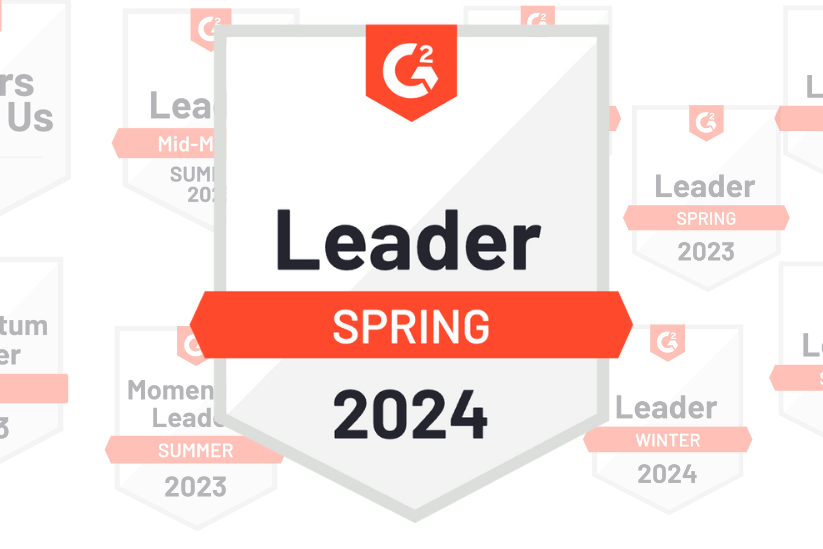Just back from B2B Marketing Exchange or #B2BMX, one of the most exciting B2B-focused events of the year. Zift Solutions was instrumental in shaping B2BMX’s dedicated Channel Marketing Track in 2018. This year’s focused track featured top thought leaders in channel marketing, including our own Laz Gonzalez, addressing specific tactics and best practices for mastering channel marketing.
B2BMX is the place to rub elbows with some the best and brightest in the B2B landscape, meet with analysts, and share real strategies and best practices for driving more value and higher returns from channel marketing investments. We had a fun Frankenstein-themed booth on-site where lots of folks gathered to share horror stories and see how Zift could help them tame their own channel technology monsters. Plus, there were tons of channel-focused sessions to learn from. Let’s just say, I returned from the event brimming with new ideas and excited to share some big insights from B2BMX.
Getting Smart About AI in B2B Channels
As a well-known industry analyst and established channel thought leader, Laz Gonzalez always packs a room. He took the stage on Tuesday to discuss Getting Smart About Applying Artificial Intelligence in B2B Channels.
While everyone is certainly talking about artificial intelligence, I don’t know many people who understand how AI can be applied to B2B channels. (I certainly didn’t get it before Laz’s session). But Laz took a page from science fiction to make things very clear to us. He kicked off his presentation with a scene from Terminator and asked the question: “What if you could have ‘Terminator Vision’ when you looked at your channel partners?”
If you haven’t seen the movies, the Terminator is a cyborg assassin sent back in time from 2029. Everything he sees is scanned, identified and analyzed. His perspective is populated with a full dashboard of data he can use to make decisions. It was a fantastic example to help us start to see and understand just a bit of what AI can do for channel marketing and sales.
Laz went on to discuss how suppliers can use machine learning and AI to see exactly who their channel partners really are, their modes of operation, skill levels, and even recent activities. Coupled with propensity modeling and predictive analytics, suppliers can compare them to other partners, optimize campaigns specifically for them, prescribe specific marketing tactics, improve partner planning, onboarding, demand creation and more. I, along with the other attendees, walked away with a much better understanding of how AI, machine learning and propensity modeling can intersect with channel programs to improve engagement, visibility, and results.
Does ‘Partner-First’ Pay Off?
Lunch and learn sessions are old hat. How about lunch and a high-spirited debate? That’s exactly what those who joined Zift’s B2BMX “Birds of a Feather” table enjoyed as we batted around the question: Does Partner-First Really Pay Off?
Some at our table felt strongly that To-, Through- and For-Partner Marketing is already way too complicated and expensive. They argued their partners aren’t fully engaged or even using the Marketing Development Funds they are providing. So why try to do even more for them? Channel expert Cameron Avery (who founded Elastic Grid) along with David Portnowitz, Chief Marketing Officer of Star2Star, passionately argued the other side. If you want to be top-of-mind for partners, they said, you absolutely have to put them first.
Cameron emphasized the importance of putting your partners in the spotlight (rather than the supplier’s brand) and using modern digital marketing tactics across the partners’ journey to engage and enable them every step of the way. According to Cameron, a partner-first approach is a much faster track to more revenue and ROI.
David Portnowitz agreed — and he wasn’t just expressing an opinion. He had real numbers to back up his argument that taking a partner-first approach is essential. (We’re talking 3 months to ROI, 15-20 hours per week in employee time savings, expanded social reach and more.) He also shared his top three investments for happy partners. And, looking at his results, Star2Star’s commitment to being the easiest company to work with is seriously paying off.
Channel Power Panel
Later in the day, Laz returned to moderate a powerful channel-focused panel on Driving Partner Engagement: New Approaches for Boosting Partner Participation in Channel Programs.
Jamie Mendez, Director of Channel Marketing IBM gave attendees a peek at how Watson uses machine learning and AI to match IBM content exactly to where its technology partners are in the deal cycle, which was incredible — and brought us full circle on AI in the channel.
David Portnowitz, Chief Marketing Officer at Star2Star Communications built upon the partner-first philosophy he defended at lunch. He noted that it is vital for suppliers to better qualify their channel partners. There is no getting around spending money and resources to get the results you are seeking from channel partners, he said. So, make sure you’re getting the most from your investments by carefully qualifying partners before dedicating those resources to them.
Cameron Avery topped off the discussion by pointing out that your channel technology and programs should cater to different types of partners. “There are those who want to do it all themselves, and they should have self-service options,” he said. “And for those who need more direction, you will need to provide focused Channel Engagement services and support to increase engagement, drive activation and build pipeline.
From technological innovations to practical suggestions for improving partner engagement now, B2BMX was a true source of insight for channel marketers. I can’t wait to return next year and hope you’ll join us. Let us know what kind of sessions and topics you would like to see covered at B2BMX 2020. We’ll see you there!
Lisa Hyatt
As Director of Marketing Communications, Lisa is responsible for development and implementation of Zift’s marketing strategies, marketing communications, analyst relations and PR activities. She has over 20 years of experience working with channel marketing and sales experts with special focus on technology, health sciences, government agencies and financial services.




